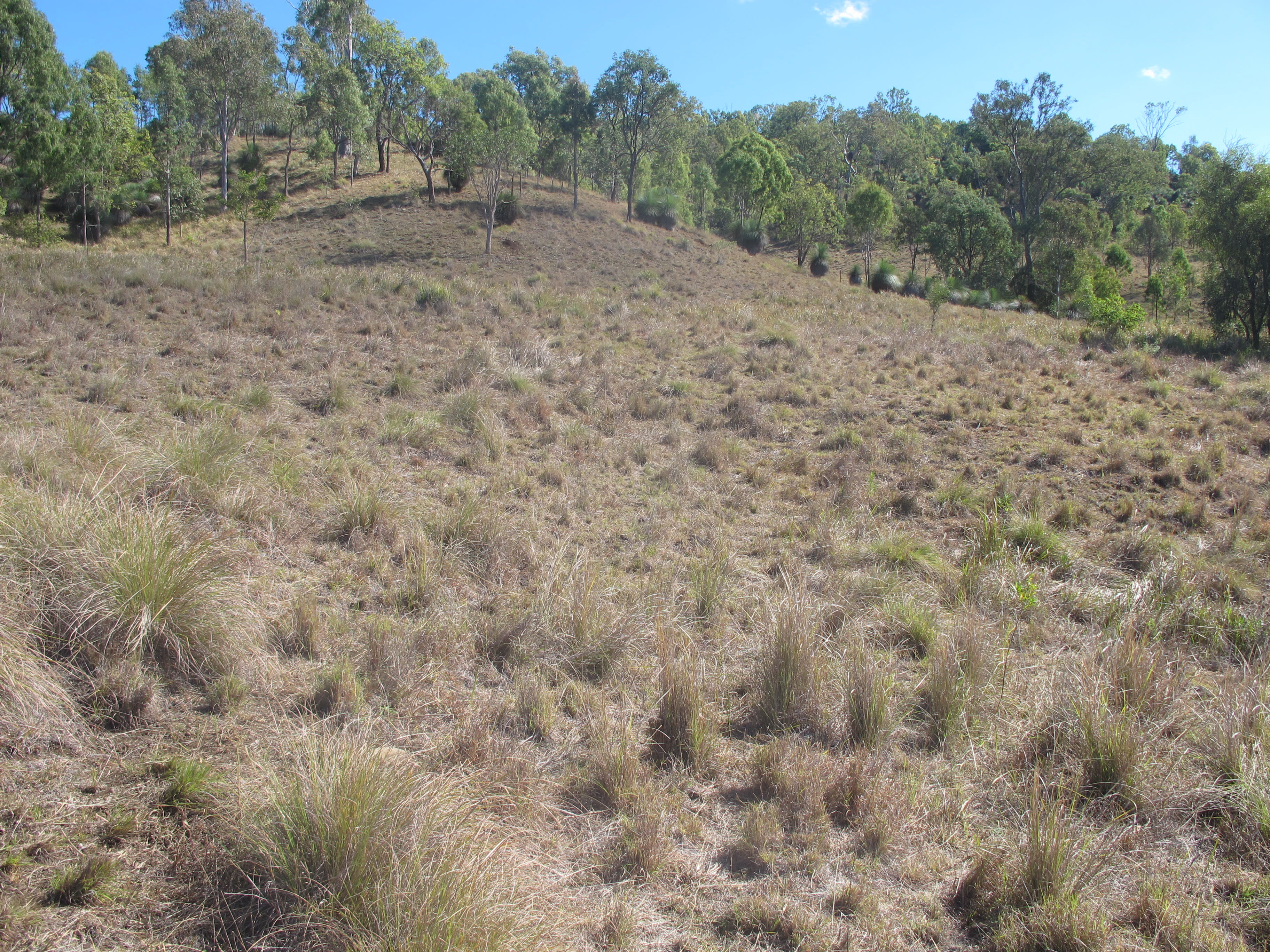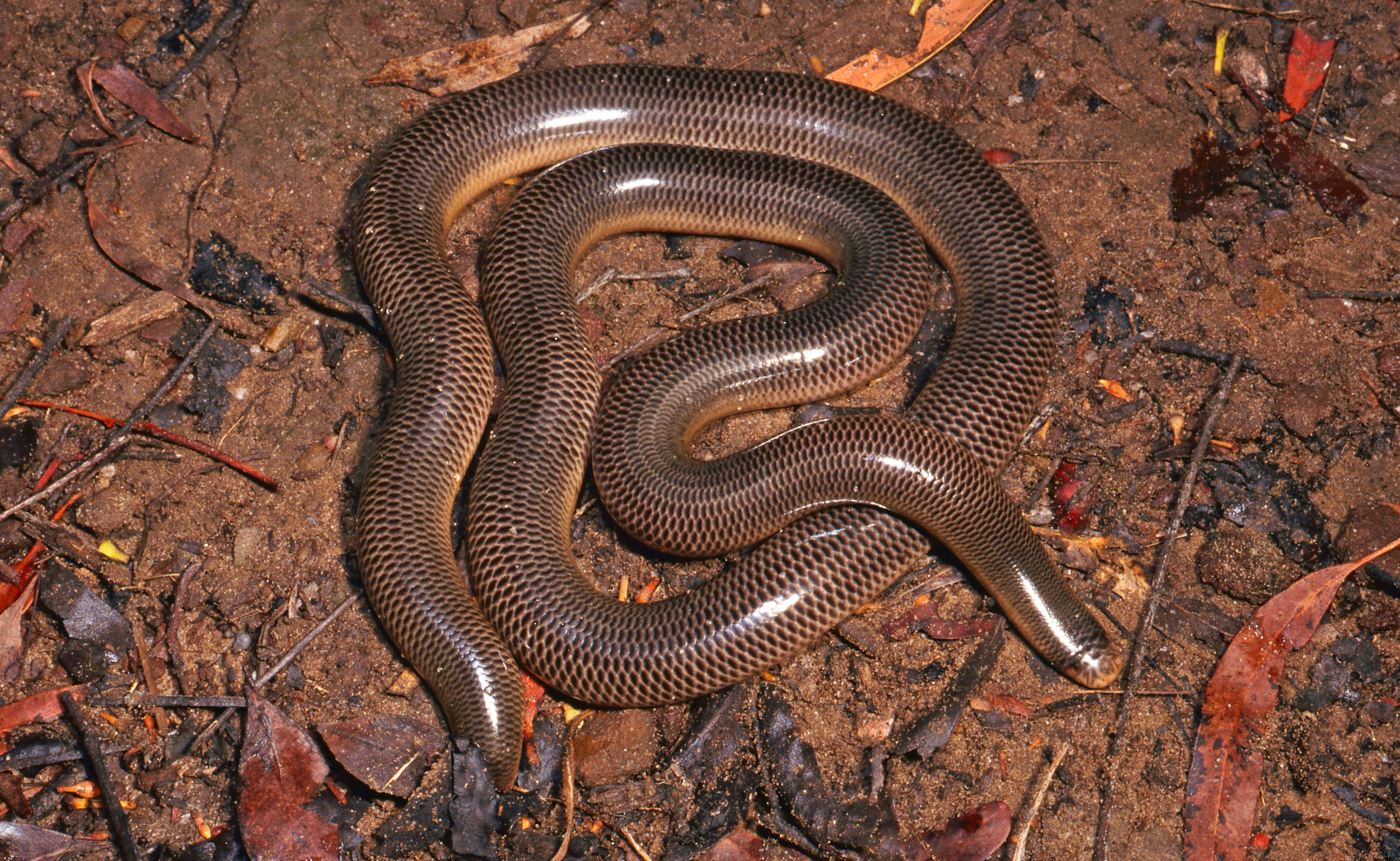
The only Fassifern Blind Snake ever recorded is held in a jar in the Queensland Museum. Photo STEVE K WILSON
A bizarre little creature only known to have existed in the Fassifern has been listed as the second most likely Australian snake or lizard to be declared extinct.
The Fassifern Blind Snake was first recorded in 1992 when it was found under a rock in a paddock near Warrill View.
Described as a pinkish earthworm with a forked tongue, it eats ant eggs and pupae, lives underground and is harmless to humans.
Even among blind snakes it is small, with the original specimen less than 10-centimetres long and no thicker than a match.
For 13 years the one known individual sat, undescribed, in a jar in the Queensland Museum as scientists waited for more of its kind to turn up.
But, despite repeated searches, the little blind snake was never found in the wild again.
So in 2015, three scientists closely examined the museum specimen and were able to declare it a new species.
Now a recent scientific paper by some of Australia’s leading herpetologists has thrown the spotlight back on this elusive, burrowing anteater.
The paper ranks the 20 terrestrial snakes and lizards at greatest risk of extinction over the next two decades.
Its authors calculated a 75 percent likelihood that the Fassifern Blind Snake was doomed.
One of the authors, blind snake expert from the University of Sydney, Dr Glenn Shea, said it was “quite possible” the creature was already gone.
“On the other hand, it’s possible that it’s still out there,” he said.
“But it is going to be hard to find – and it's going to take a lot of work.”

He said the snake ranked so highly because it was found near a habitat type – ironbark and apple gum woodland – that was endangered, largely only existed in small pockets on private land and was still being actively cleared.
Also, that scientists had been searching for it in vain for nearly 30 years.
The man who has led most of those searches and who was a co-author on the 2015 paper which first described the Fassifern Blind Snake, remains hopeful of rediscovering it, despite the fruitless efforts.
Brisbane-based herpetologist with the Queensland Museum Steve Wilson agreed it was “probably a pretty good call” to say the snake was of extreme concern.
“But it is just very hard to qualify,” he said.
“If someone put a gun to my head and said, “you’ve got until 6 o’clock tonight to find a blind snake, I wouldn’t like my chances”.
For one, blind snakes rarely go above ground. Dr Shea said the few times they did was often on “stinking hot and humid summer days” followed by heavy rain at night.
On the occasions they are found, he said, it is not usually by a scientist. Rather, it is often by a pet cat bringing one home in its jaws, when one falls into a swimming pool or when a gardener turns one up with a shovel load of soil.
“They’re not something you can go and collect in large numbers,” Dr Shea said.
“They usually just turn up by chance … you’ve really got to be lucky to find one on the surface.”
Making Mr Wilson’s chances of finding one even slimmer is the fact he conducts his surveys in his spare time and off his own bat.
For the award-winning wildlife photographer, the search for the Fassifern Blind Snake has become personal.
“I hope it will be found again and hope I’m the one to find it,” he said.
“If I am, I’ll take the first ever photos of a live one.”
Mr Wilson is the author of several books, including A Complete Guide to Reptiles of Australia.
“Of the 1011 odd species of reptiles in it, less than 20 don’t have a live image,” he said.
“Instead we just have to use images of those specimens held in museums.
“So it irks me that one of those reptiles was found only a little over an hours’ drive from where I live.”

Over the years, Mr Wilson has turned over thousands of rocks in Warrill View on his crusade, and he hopes to return in coming weeks, if conditions are right.
Another factor making his search so difficult is that the 1992 discovery occurred in a spot that scientists call ecotonal. Though it was found near remnant woodland it was still found in a grassy paddock, with very different soil type.
Was it lost? Does it actually prefer the grassland? Can it thrive in totally different conditions? These questions can only be answered by finding more Fassifern Blind Snakes and studying them in the wild.
Adrian Borsboom is the man who found the blind snake all those years ago, was a co-author on the paper which described it and has also led follow up searches.
The Queensland Department of Environment and Science principal ecologist also holds out hope it will be found again.
He said blind snakes were “notoriously difficult to survey for” because of their cryptic nature and added it was not unusual for blind snakes species to be known from only one specimen.
Mr Borsboom said that if more Fassifern Blind Snakes turned up, it would give scientists a better handle on the areas they might live.
“That may actually allow us to model its potential distribution better,” he said.
“Which would help refine the search for them.”
In the meantime, Dr Shea called on Scenic Rim residents to keep their eyes peeled for blind snakes as they were gardening or collecting firewood.
“If you do see a little, tiny blind snake, contact the people in the herpetology department of the Queensland Museum,” he said.
“Try and get some photos of it and then release it again.
“Don’t put it in a jar and kill it. It will be one of the very few that are left.”





